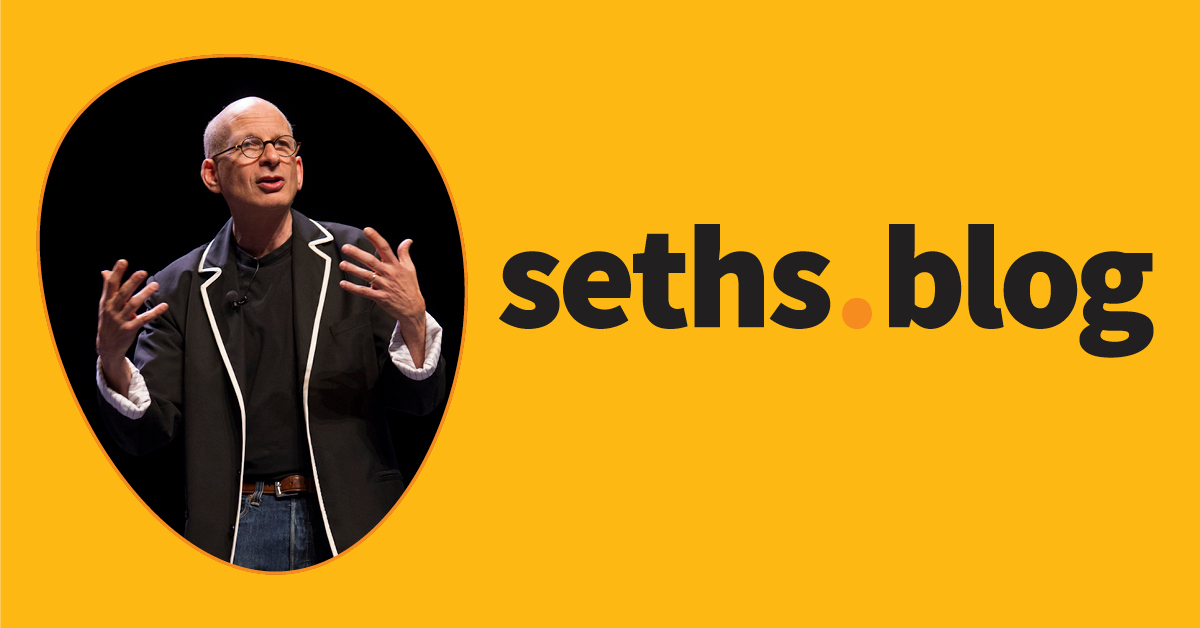As we head into 2025 amidst a major reshuffling of priorities on the federal stage, it’s important as local weather and sustainability communicators that we pause and re-evaluate the “why” behind our messaging. The motivations that after centered on saving the planet or lowering CO₂ emissions, should now handle targets that resonate with the incoming administration and shifting public sentiment.
This isn’t the primary time the nation has needed to body the way it communicates complicated environmental points. Within the Seventies, rising public consciousness of air pollution led to messaging that emphasised the tangible advantages of cleaner air and water. By connecting these points to on a regular basis issues, the narrative turned extra related and actionable. Equally, Trump’s first presidency demonstrated how sustainability efforts might succeed when tied to financial alternative and resilience. Now, as companies recalibrate their sustainability messaging as soon as once more, they’ll have to align with at present’s priorities whereas persevering with to drive significant motion.
1. Transfer from massive beliefs to what’s in It for me
One of the crucial important classes from the primary Trump Administration is that discussing sustainability as a driver of value financial savings, job creation and private well being resonated extra with the American public than summary calls to fight local weather change and defend our pure assets.
For instance, Normal Motors positions its electrical automobiles as each an eco-friendly and economically savvy alternative, emphasizing financial savings over time and job creation tied to EV manufacturing. GM’s EV technique emphasizes affordability and job creation, providing a clearer, financially interesting image of sustainability. Equally, Ford highlighted the financial benefits of EVs, together with authorities incentives and decreased gas prices. Ford’s messaging targeted on clear, sensible, money-saving advantages to attraction to a broader viewers.
Contemplate reworked messaging like, “Our sustainability practices goal to cut back CO₂ emissions to fight the worldwide local weather disaster.” As an alternative, an audience-first message would look one thing like, “We’re reducing power waste to avoid wasting households cash and guarantee clear air.”
2. From local weather sacrifices to improvements
Throughout Trump’s first time period, many firms had already began to reframe sustainability not as a collection of sacrifices however as a pure outgrowth of innovation and progress, and communications professionals ought to take a web page. Corporations like Microsoft are highlighting carbon-negative targets by means of the lens of modern developments like AI and carbon seize and the way they will drive efficiencies and enterprise development. Now, as individuals are more and more targeted on technological progress and options over local weather influence, the emphasis ought to stay on how inexperienced initiatives foster innovation and improve effectivity.
Framing sustainability initiatives as a part of a broader technological revolution — whether or not it’s by means of AI, clear power, or carbon seize — may help companies align with the priorities of a bigger viewers. Sustainability and local weather tech are the means (not the rationale) to get there.
For instance, as an alternative of claiming, “We’re reducing emissions to struggle local weather change,” firms needs to be reframing their audiences ache factors in a brand new method, resembling, “We’re introducing smarter methods to ship extra environment friendly and dependable power at a decrease value to the patron.”
3. From world crises to native and neighborhood influence
One of many main communication shifts in the course of the first Trump presidency was the transfer from discussing world environmental crises to specializing in native advantages and sensible wins. Patagonia, for example, whereas very climate-forward in its messaging, additionally elevates its dedication to native initiatives and community-driven storytelling. Starbucks additionally localizes its sustainability efforts, emphasizing how its initiatives assist defend biodiversity and assist native farmers. In the present day, with many individuals feeling disconnected from world points, tying sustainability efforts to communities will resonate greater than ever.
For instance, as an alternative of claiming, “Help world local weather targets,” firms ought to now take into account messaging like, “Assist defend the air, water and assets in your neighborhood.”
4. From alarm to resilience
As companies face rising client issues about financial instability and disruption, reframing sustainability as a technique for resilience and long-term safety will likely be a strong instrument. Duke Vitality positions its renewable power investments as a part of a broader technique to make sure power reliability and resiliencywithin the face of utmost climate occasions, which had been changing into extra frequent as a consequence of local weather change.
In the present day, with many People involved about safety, stability and resilience within the face of worldwide uncertainty, this messaging technique stays key. Sustainability is now not nearly defending the planet; it’s about making certain reliability for future generations, whether or not which means power safety, meals stability, or a dependable workforce.
Due to this fact, as an alternative of claiming, “We’re preventing for the planet’s future by tapping into cleaner power,” say, “We’re delivering dependable power for your loved ones and enterprise.”
5. From lofty targets to tangible outcomes
Lastly, one of many key classes from the primary Trump administration is the significance of specializing in concrete outcomes somewhat than distant, summary targets. Speaking particular milestones and displaying clear progress — not simply when it comes to environmental influence but additionally financial advantages like job creation or well being enhancements — will assist construct belief and credibility with at present’s extra skeptical viewers. A few of Unilever’s targets are useful nice fashions for this strategy, as they’ve named targets with very particular metrics starting from defending and restoring “1 million hectares of pure ecosystems by 2030” and implementing regenerative agriculture “on 1 million hectares of pure ecosystems by 2030.” These might be measured and reported in a tangible method, which higher aligns with a skeptical public.
Due to this fact, as an alternative of claiming, “We’re dedicated to daring local weather motion,” take into account messaging like “We’ve already decreased emissions equal to eradicating 200 million automobiles from the street and plan to extend our purpose to the equal of 500 million automobiles by 2030.”
Within the post-Trump period, specializing in private advantages, technological innovation, native and neighborhood impacts, resilience and tangible outcomes, companies can join with shoppers extra meaningfully by answering the query “why” in a method that’s extra intently to the place they’re. A broader shift in public attitudes and sentiment doesn’t imply that we’re on the finish of the street on local weather motion. We simply want to regulate to audiences who’re more and more on the lookout for sensible, actionable, measurable options to handle their very own challenges instantly.
By Emily Porro
This byline was initially printed in PR Each day
Picture by Singkham through Pexels



